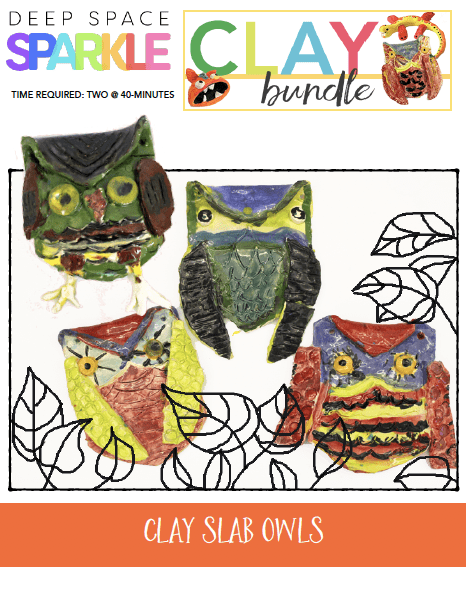
This clay owl can be made with a kiln or with air-dry clay.... Learn More
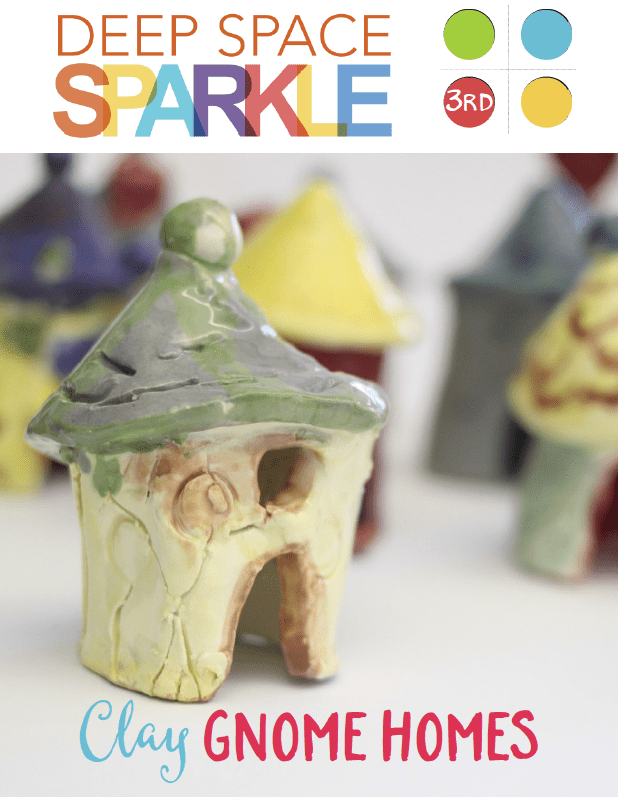
I discovered the cutest fairy homes via Pinterest. The little houses actually looked difficult to make but in reality they were one of the easiest clay projects for my third... Learn More
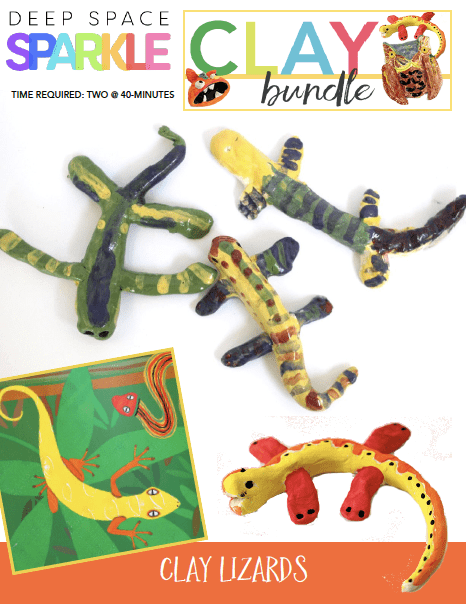
This project is the only project that absolutely needs to have pieces attached with the scratch-attach method.... Learn More
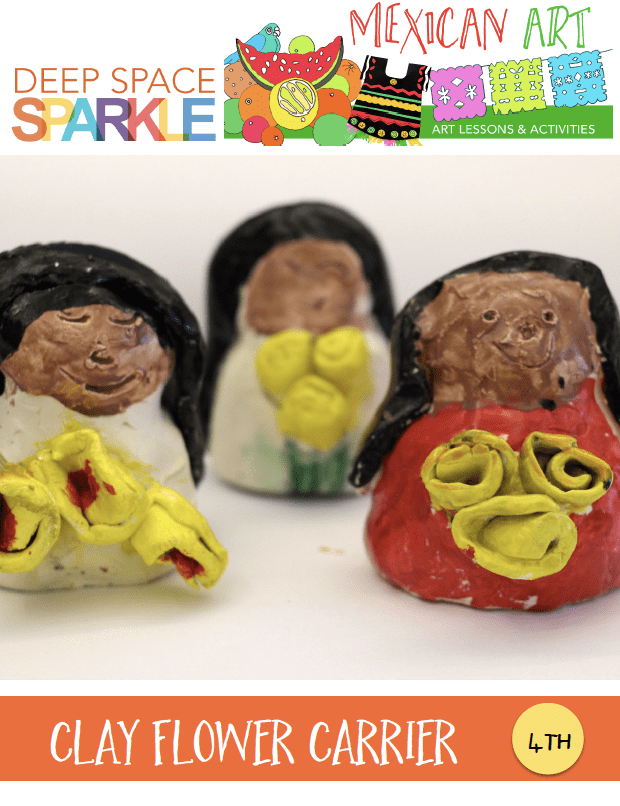
I found a clay Diego Rivera inspired flower carrier sculpture at a Mexican Folk Art store in Sedona, Arizona. It was a perfect project for kids as all the clay techniques were... Learn More
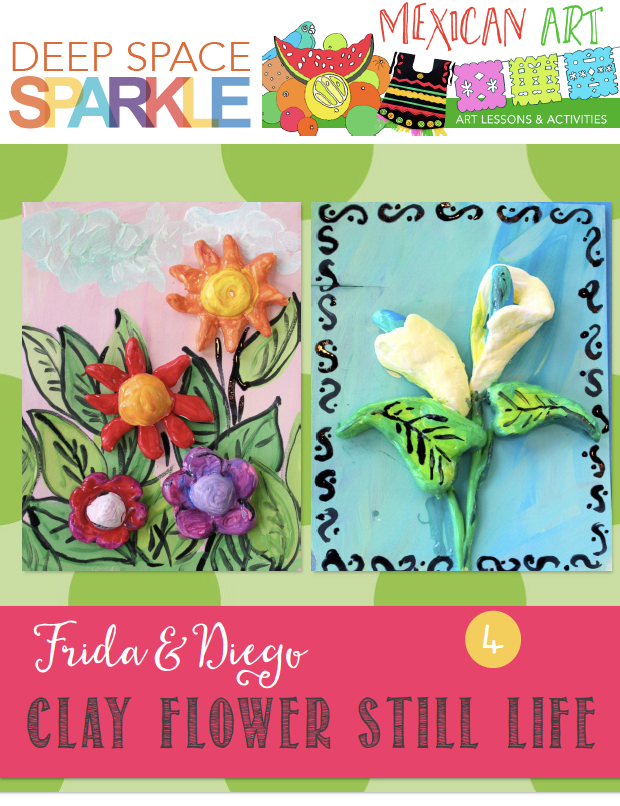
Flowers indigenous to Mexico such as the Marigold and Calla Lilly appeared in the artworks of Frida Kahlo and Diego Rivera many times. Rivera used the calla lily, a very... Learn More
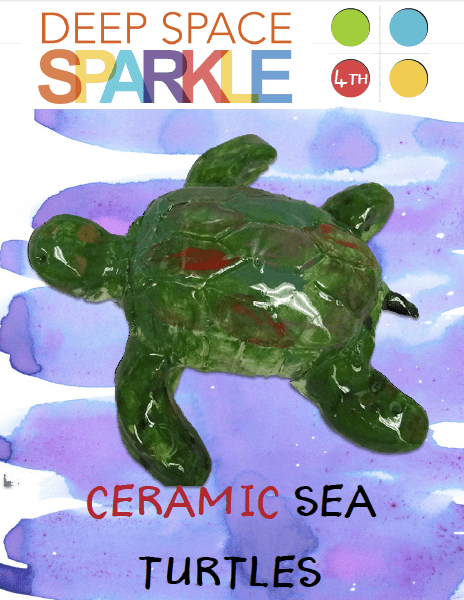
I’m always looking for simple ceramic lessons for my students. I vary the complexities of the lessons according to grade levels, starting with pinch pots in the lower grades and... Learn More

This bell set from the tomb of Marquis Yi is considered one of the finest artifacts from the Warring States Period. The 65 gold-inlaid, bronze bells cover five octaves and... Learn More
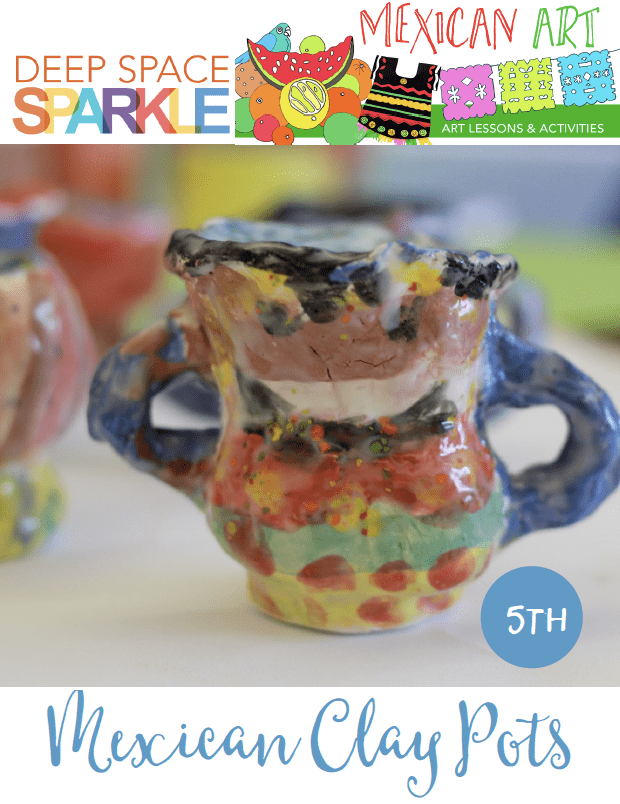
There are a few techniques on how to build a pot that you can teach your students. I have done coil pots before and was very pleased with the results.... Learn More
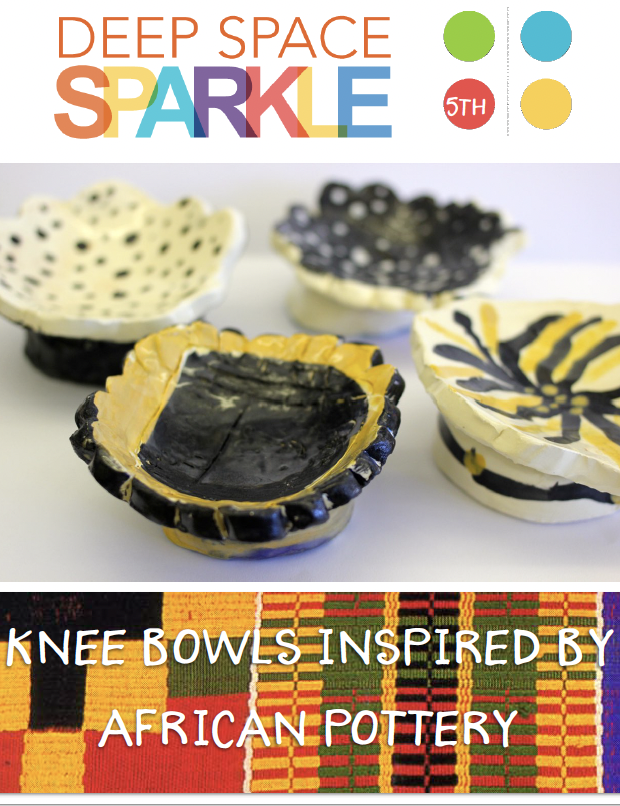
Have you ever wanted to do a super simple clay project but with a group of older kids? My time was always super short with the kids. I had about... Learn More
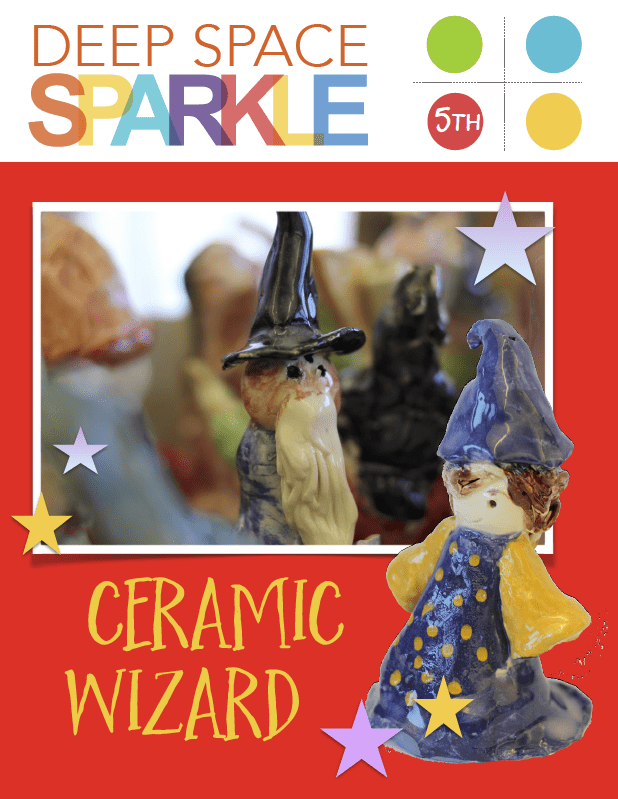
I’ve seen pictures of these cute wizards on many art sites, and in all cases; no instructions! They looked hard to me and I couldn’t quite see how I would... Learn More
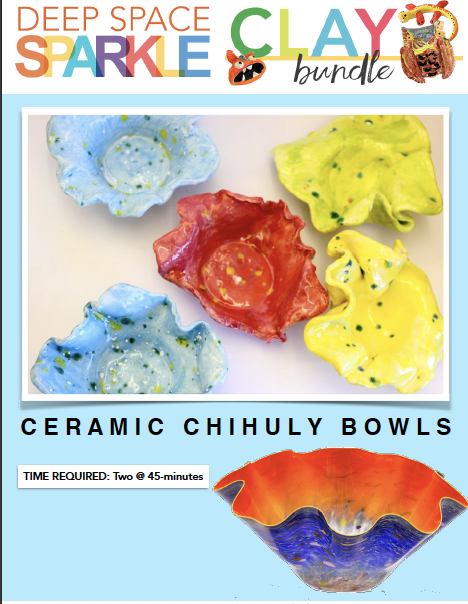
Dale Chihuly was born in Tacoma, Washington and studied at the University of Washington and the Rhode Island School of Design. He was always interested in the properties of glass,... Learn More
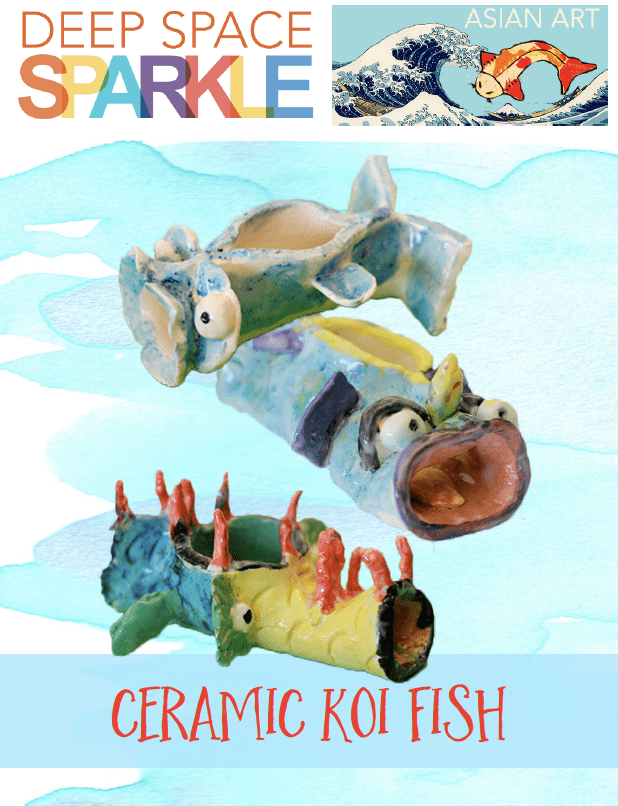
Cutting clay slabs into tiles can yield a variety of art projects. The clay prep takes a bit more time than cutting off a hunk of clay from the big... Learn More
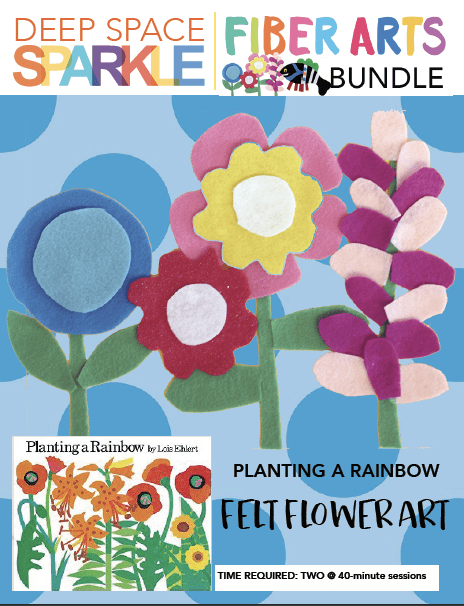
Lois Ehlert’s, Planting a Rainbow, shares the yearly cycle and process of planning, planting, and picking flowers in a garden. Readers are taken on a journey from ordering seeds from catalogs in... Learn More
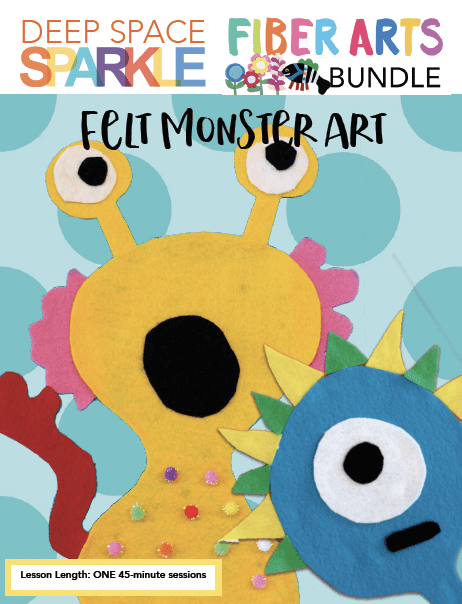
Inspired by the book, Monsters Love School by Mike Austin, kids create their own monster using felt squares or colored paper. Cutting felt is best done with sharp scissors so make sure... Learn More
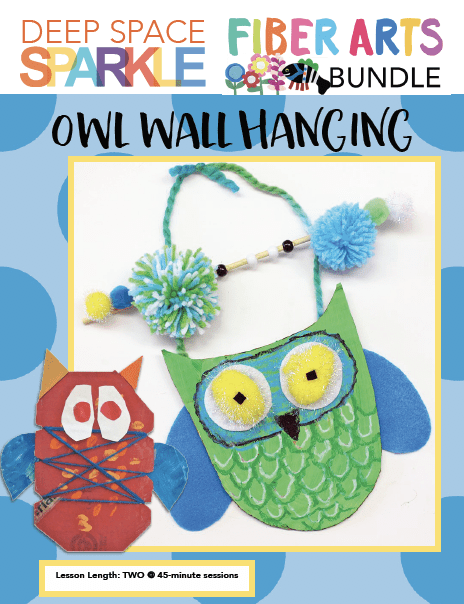
The first time I created this lesson, I cut down 10 large art supply boxes and shaped them into 60 rectangular owls. Then I created little notches to hold the... Learn More

Based on the book of the same name by Lois Ehlert, Fish Eyes is a wonderful book for dynamic visual content. The illustrations are inspiring and almost any grade level could adapt... Learn More

Based on the book of the same name by Lois Ehlert, Fish Eyes is a wonderful book for dynamic visual content. The illustrations are inspiring and almost any grade level could adapt... Learn More

Lois Ehlert’s, Planting a Rainbow, shares the yearly cycle and process of planning, planting, and picking flowers in a garden. Readers are taken on a journey from ordering seeds from catalogs in... Learn More